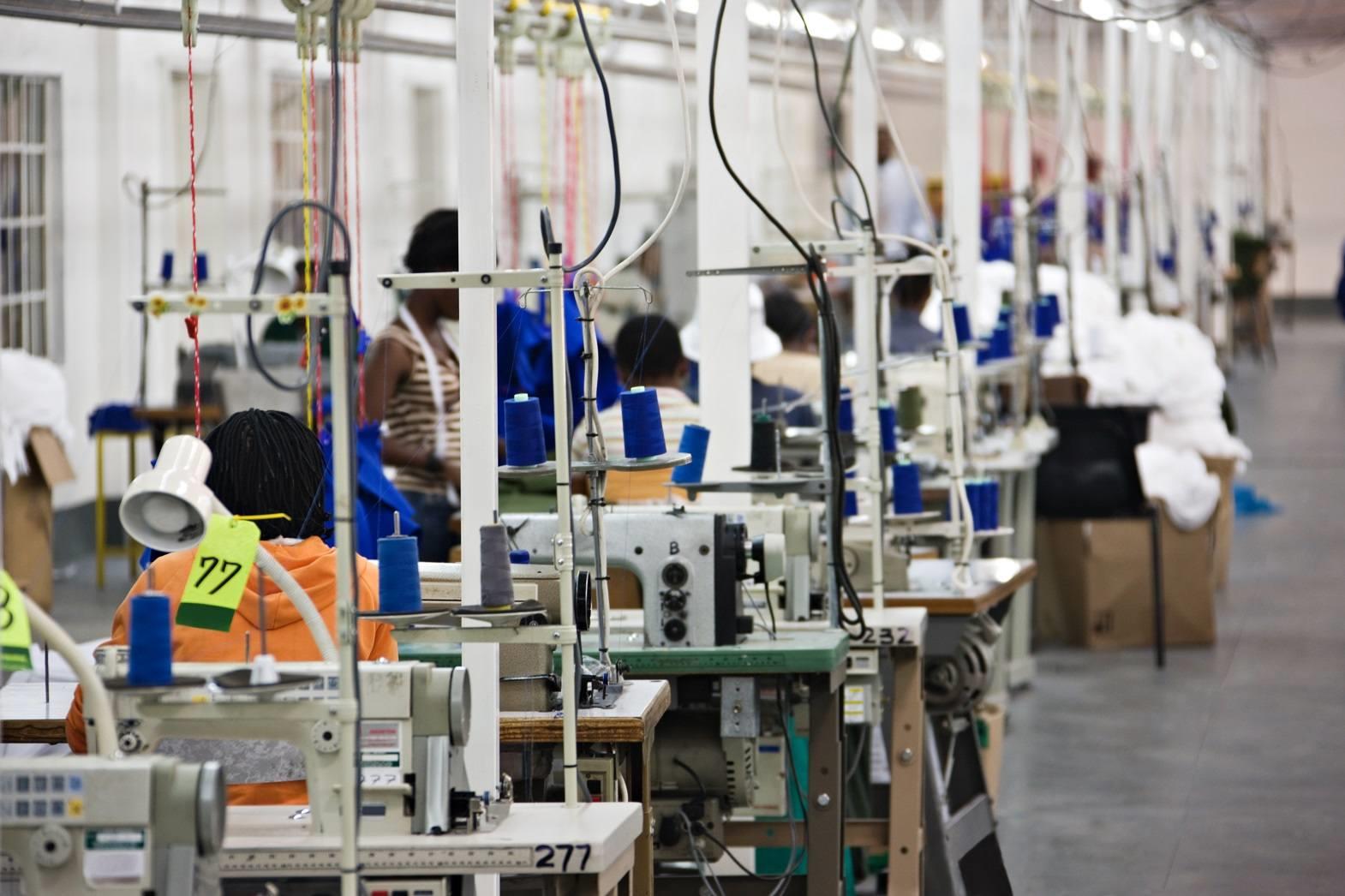The growth of trade leads to development of economy and the recognition of this importance has even led to the ceaseless appearance of proposals to enhance global trade from international organisations. As a result, many countries that were once sidelined from international trade have begun to reduce commercial barriers and other controls of economic activity and have earned good response from world business community.
In case of textile, the countries have to rely on each other for raw materials, machinery, designs etc. as it is unrealistic for a single country to grow all the crops required for textile and rely exclusively on its own research and development. Thus, if China, Korea, Vietnam et al produce silk and export it to other countries, India, Bangladesh, Angola produce cotton which meets the global demand.
The textile industry of Angola mostly depends on activities concerning cotton processing and covering the farming of cottonseed. However, the textile and apparel industry in Angola has been facing some grave problems for past decade, which also had a huge impact on cotton production. The country relied heavily on imported raw material for its textile sector. Most of the fabric plants in the country have closed down, but the previous and current financial years have proved to be beneficial for the textile sector of Angola.
The textile industry has received financial support worth US $ 1 billion from the Japanese Bank for International Cooperation (JBIC). This investment will be used to fund three major plants in the country. This financial assistance has come at the right time, as in the year 2013, imports of textile and apparel stood at US $ 45 million, predominately from China, India, South Africa, Brazil and Portugal.
The internal demand pertaining to textile has risen significantly and the country is dogged to improve the Compound Annual Growth Rate (CAGR) which declined by 2.2 percent from 2008 to 2013. The year 2014 has seen setting up of new textile and apparel units in Angola. As the country waits for the new textile units to start with the manufacturing process, the textile factories continue to work with imported raw materials. Once the units begin with the regular work, over 3000 jobs would be created.
The new units will be ready by 2015, so till the country becomes self-sufficient with regard to textile, the formal sector is importing new clothes from Brazil, Portugal, South Africa and low-cost Asian countries. The major customers of these clothes are the urban upper-middle class, as prices for these clothes are considerably high. It is the lack of textile industries which is responsible for high prices of products. The lower middle class depends on second hand clothing, which is traded from United States and European countries. As of now, on an average 80 percent of people from Angola buy second-hand clothes and thus, the annual national minimum requirement of second-hand clothes stands at approximately 24 000 tons.
The informal sector of Angola includes low priced fresh clothes as well, but the quality is not as good as that of imported clothing. Nevertheless, the market share of informal textile sector is strong enough to influence the demand for brand new clothing. The ballpark market share of the formal sector is 20 percent while the informal sector is made up of 80 percent. But, most of the countries that export clothes to Angola are targeting the 3 million top tier Angolan section that has an eye for fashion and quality.
The government of Angola is also contributing in revival of textile sector. The textile units have imported textile machinery from Japan, South Korea and China. This is a very crucial step towards diversification of the economy. The government is also supporting cotton planting and a new area comprising 74,000 hectares and partly financed by South Korea is planned in Kwanza Sul, which was once the centre of cotton production.
The government has opened cotton
processing and spinning units in Malanze. The agriculture ministry has set a
goal of producing 100,000 tons of cotton on an annual basis, 40 percent of
which will be from small producers and the rest from large plantations. Angola's textile is already hopeful, as some
Zimbabwean entities have shown keen interest and optimism at prospects of
creating viable textile supply chains in the country.
The Angola textile sector has some big plans and bigger goals that are waiting to be fulfilled and achieved. The country has started dealing with its potential problems and is on its way to recovery from civil war. The textile sector of the country is taking serious stock of the situation and is making positive efforts to ensure that the resurrection is realistic and continuous.
With the support from world community, the existence of textile in Angola has become easier in recent years. From new machines to opening of new units, Angola is doing everything to revive the textile sector. Though problems exist, but the country is making attempts to solve the concerns, if not erase them completely.
References:
1. Sourcemauritius.com
2. Portalangop.co.ao
3. Einnews.com








Comments